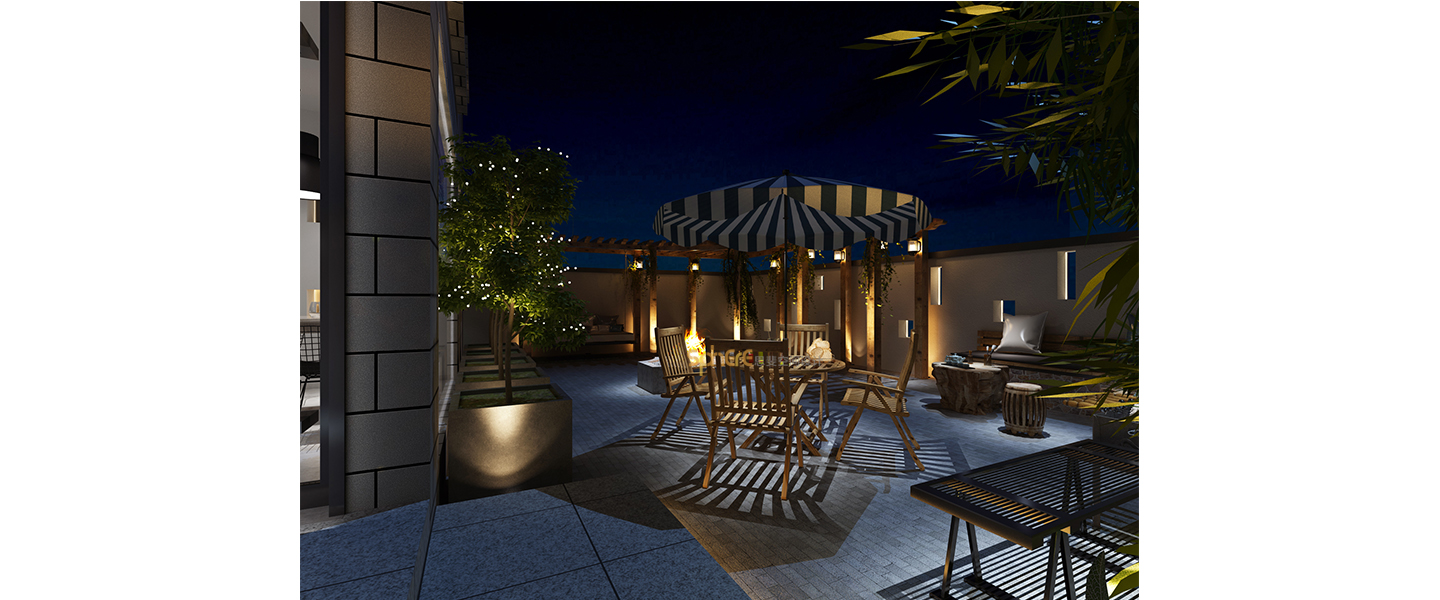Sierra Ballena I AFRa
2015-03-24 14:00
© Federico Kulekdjian
c.Federico Kulekdji


架构师提供的文本描述。我们在这一领域正在开发的项目是巴西地块坠入大海之前的最后一次刺激,这些项目是这些挑战之一,涉及剩余资本及其对领土的影响。
Text description provided by the architects. The projects we are developing in this area, the last spur of the Brazilian massif before plunging into the sea, represent one of these challenges, regarding surplus capital and its impact on the territory.
我们这个地区正经历着一个周期性繁荣的时期,建筑应该以最好的方式来承担,这些运作产生收入,使这个地区城市化。该遗址是一个非常美丽的地方,在马尔多纳多湾的海洋层面,它作为悬崖的状况深深地存在于集体记忆中。
Our region is going through one of those times of cyclical boom, and that's where architecture should assume in the best possible way, these operations generating income that urbanize the territory. The site is a place of extreme beauty, in the oceanic dimension of Maldonado Bay, and its condition as a cliff is deeply within the collective memory.
© Federico Kulekdjian
c.Federico Kulekdji


在那里建造意味着在选择设计策略方面的挑战,这些设计策略在某种程度上会假设改变这种状况,从而产生一种行动来满足这种预先存在的要求。
Building there meant a challenge in terms of choosing the design strategies that somehow would assume altering this condition, producing an operation to honor such pre-existence.
Ground Floor Plan


该项目有两个想法显示在这份报告;
The project had two ideas shown in this presentation;
首先,规范悬崖建筑的法规和规范海岸建设的法规是一样的,我们认为这是错误的:这里不推荐避免在城市结构和海洋之间建立一个连续的海滨的战略,因为城市结构与以前的情况不同,是在公共街道和海洋之间,而使用同样的策略可能会导致阻碍美好的景观,一个公共遗产。
Firstly, the code regulating construction in the cliff, is the same that regulates construction on the sea front, which we understood was wrong: strategies to avoid creating a continuous seafront between the urban fabric and the sea was not recommended here, given that the urban fabric, unlike in the previous case, is between the public street and the sea, and using the same strategies could lead to blocking the wonderful view, a public heritage.
© Federico Kulekdjian
c.Federico Kulekdji


在网站合法性的背后,我们对该准则的合法性提出质疑,当投资者要求修改规则时,并不是为了使指标最大化,而是为了追求我们认为危害较小的工地建设的最佳条件。
Going behind the legitimacy of the site made us question the lawfulness of the code, risking investors when asking for a change in the rules not to maximize indicators but to go after the best conditions for construction in the site which we understood as less harmful.
一旦我们获得了这一新的条件,建筑项目的决策就应该揭示场地的大小和状况,在这种自然、地理或地方的概念中,从其最深的意义上说,它是第一座建筑。
Once we obtained this new condition, the decisions of the building project should reveal the size and condition of the site, in this idea of nature, geography, or place, in its deepest sense, as the first architecture.
© Federico Kulekdjian
c.Federico Kulekdji


民居系统的目的是在悬崖的逻辑中,在岩石、土壤和构造天花板之间创造空间,以恢复先前存在的植物条件。
The system of dwellings was intended as the creation of spaces in the logic of the cliff, between rock soil and a tectonic ceiling that retrieves the pre-existing vegetal condition.
Cross Section


项目中的任何规模决定都应优先考虑景观所建议的要素,并有可能突出提及人的尺度:要素的比例来自这一层面,而门或窗是该尺度的物质节奏变化,而不是让人或光线通过。
Any decision of scale in the project should prioritize the elements suggested by the landscape at the possibility of highlighting references to the human scale: the proportions of the elements come from that dimension, and a door or window are material rhythm alterations of that scale beyond letting people or light through.
这座建筑的重要性在于重新利用在该项目中拆除的材料,放弃支撑悬崖岩石,在天花板上重新建造,并限制那些自然占据地产的植被,因为这些植物习惯于很少水和强风的情况下生活。风按其规律性,由工程在其庭院中采取,这可以产生交叉通风和住房。
The materiality of the building seeks to reuse the material removed in the project, resignifying the support cliff rock, and recreating in ceilings and limits the vegetation that naturally takes the property, used to living with little water and high winds. Winds which in their regularity, are taken by the project in its courtyards, which can generate cross ventilation and shelter.
© Federico Kulekdjian
c.Federico Kulekdji


与房地产市场的规则相反,建造一座不易辨认的建筑物似乎很有价值。即使假设这类风险的所有需求,在它的悬崖环境中,它也被整合为对先前存在的一种重新解释。
Contrary to the rules of the real estate market, it seems valuable to have achieved a building that is not easily recognizable. Even assuming all the needs of this type of venture, in its cliff environment it is integrated as a reinterpretation of the pre-existing.
Unit - Cross Section
单位-横截面


建筑项目力求恢复经典的投射条件,即在这里将引用为Bonet和Amato,另外假设时间所提议的新维度,将理性和自然结合起来,一如既往地寻求建筑承担其时代和地点的挑战。
The architecture project seeks to reclaim the classical projective condition that in this place will set references as Bonet and Amato, additionally assuming the new dimension that the time proposes, integrating reason and nature, seeking, as always, for architecture to assume the challenges of its time and place.




















































Architects AFRa
Location Punta Ballena, grutas y ruta panorámica, Camino a la Ballena, Uruguay
Category Housing
Project Architects Pablo Héctor Ferreiro, Saturnino Armendares, Joaquín Ignacio Leunda, Andrés Gomez Muñoz, Roberto Félix Dufrechou
Project Area 1500.0 m2
Project Year 2013
Photographs Federico Kulekdjian
























